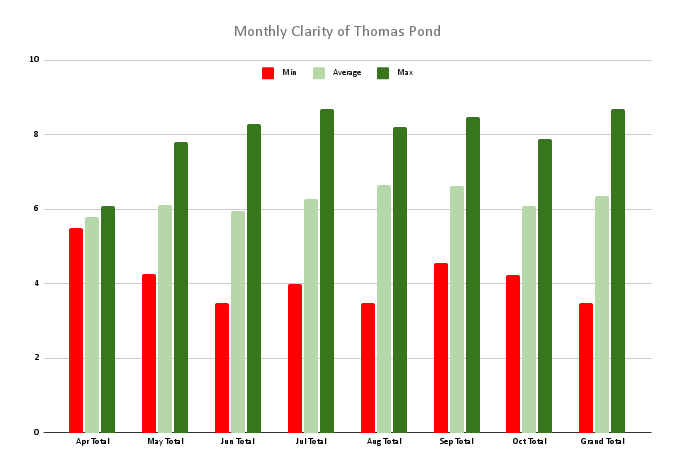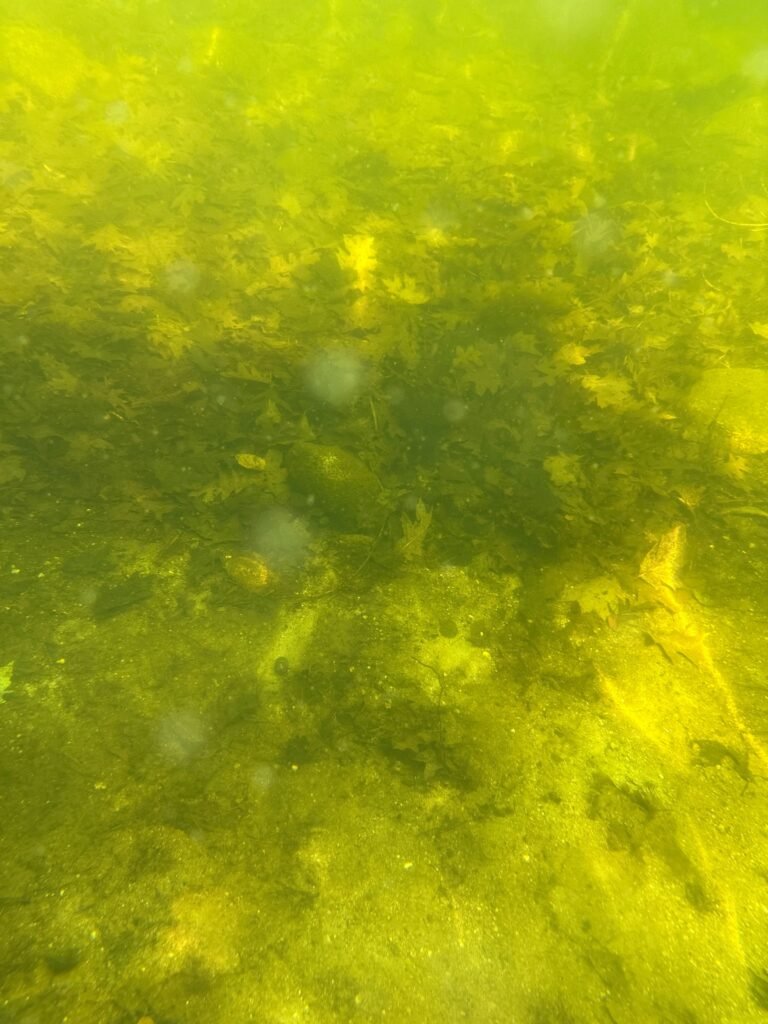The quality of the water in Thomas Pond is generally good. TPIA monitors the water quality of the pond and analyzes the data to detect trends and determine if any actions are needed.
Recent Water Quality Report by Raymond Waterways
Phosphorous
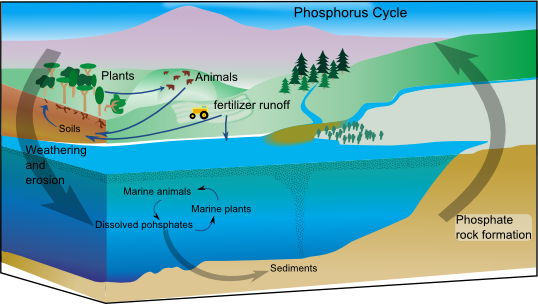
Phosphorous is a major contributor to degradation of water quality in Maine lakes. There are many places to get more information. Thomas Pond is a “most at risk” water body for phosphorus damage.
In 2023 Thomas Pond phosphorous levels approached the danger point of 10-12 ppb. TPIA increased testing to try to better understand how much phosphorous risk we have. Up to 2024 most years we tested once.
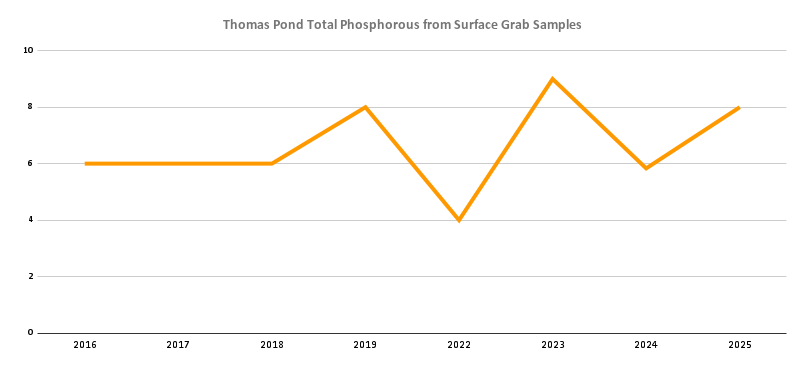
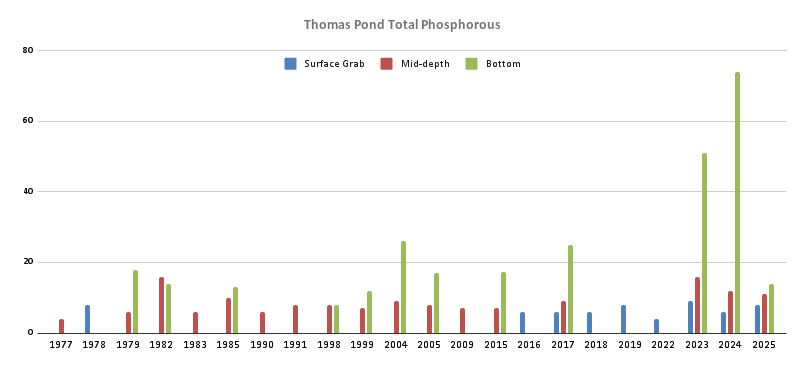
Phosphorous levels at the bottom of the pond are very high. Sadly the 2024 bottom test was actually about 2 meters off the bottom and probably isn’t reliable. We are retesting in August.
Everyone plays a role in phosphorous levels. Some key ways to help:
- Don’t use fertilizer containing phosphorous. Look for fertilizer with the middle number of 0. This applies to properties that are near the pond as well direct shorefront. Also don’t over fertilize. A lush green lawn can lead to a lush green lake (unfortunately).
- Same goes for laundry detergents and dishwasher soap. Phosphorous free is best for Thomas Pond.
- Make sure septic systems are functioning properly and serviced/pumped at appropriate intervals. More than just phosphorous can enter the pond from a malfunctioning septic system, things no one wants to swim with.
- Don’t stir up the muck at the bottom of the pond. That dead vegetation has lots of phosphorous trapped in it. Wakeboarding, or boating at a high speed in shallow water can also release trapped phosphorous.
- Maintain a thick vegetative buffer of native plants along as much of your shoreline as you can. They help in multiple ways
Here is a recent example of how hard it can be to recover from an overabundance of phosphorous and the algae growth that can result from it.
Clarity
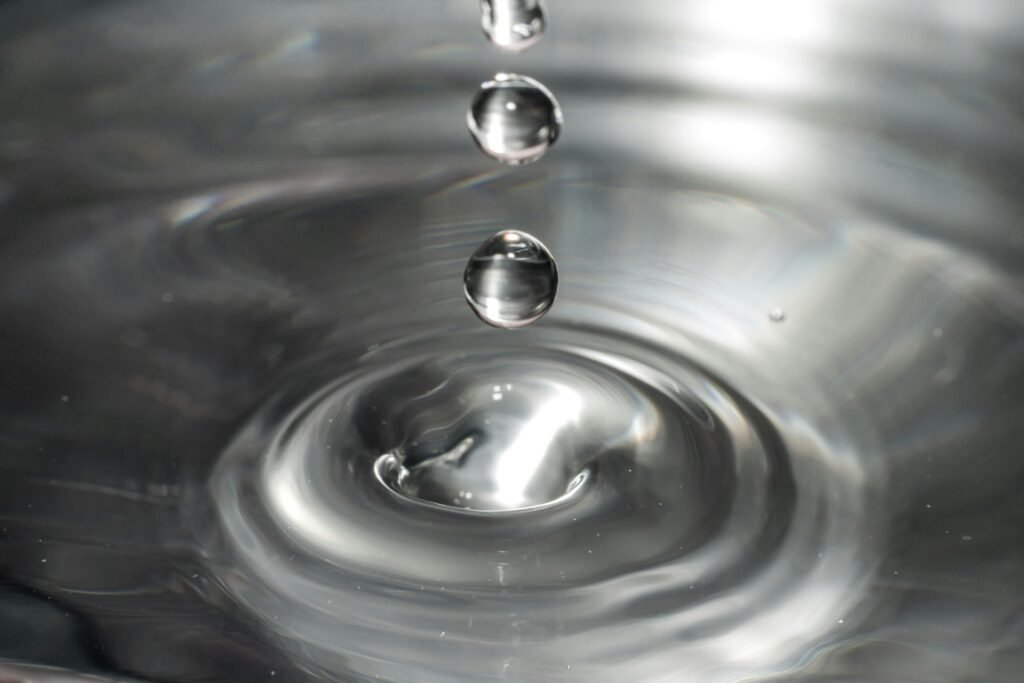
Clarity, or transmissability, is a measurement of how clear the water in the pond is. Water clarity is affected by sedimentation, algae growth, water color, bottom disturbances and other reasons.
Clarity is measured using a device called a Secchi disk and a “scope” to break the surface of the water. There are regular readings, typically twice/month in season, for clarity dating back as far as 1999.
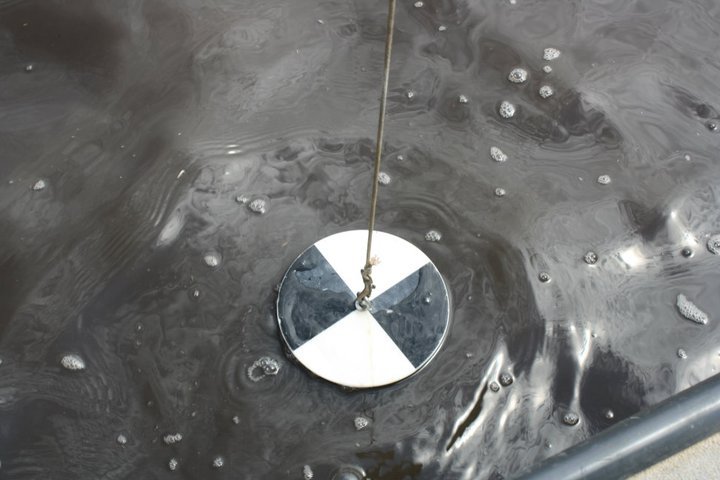
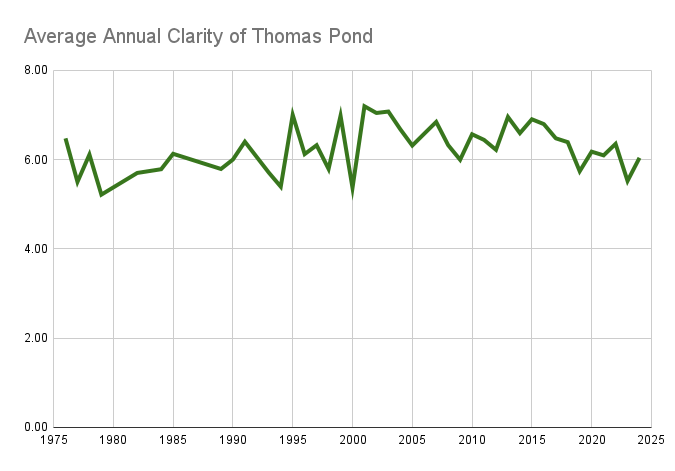
Click the chart to see a full-size view. While clarity hasn’t changed much on average, there is no indication that its improving.
Algae Blooms
TPIA does not officially monitor for algae blooms, but can help to determine what type of algae is growing if an area of the lake has high algae growth as has happened the past few years late in the season. Fortunately the growth has been less than a full-on algae bloom.
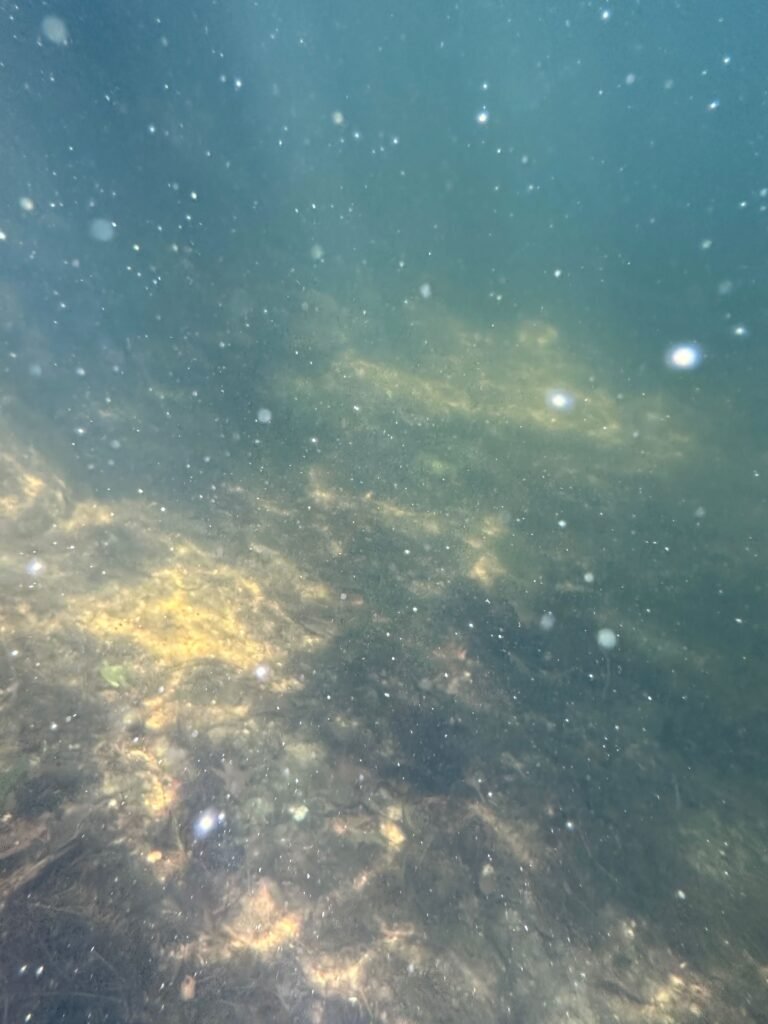
Some algae is required for a healthy pond. This photo shows some algae floating in the pond in August.
Invasive Species
Volunteers periodically inspect the pond for invasive species. No infestations have been found. In addition TPIA funds Courtesy Boat Inspections at the boat launch to help prevent invasive species from entering the pond. No incidents have been reported.
Need help with this section.
Sedimentation and Erosion
Need help with this section
Other
Alkalinity
TPIA does not currently monitor for Alkalinity. The last time we know of that this test was performed was in September 2017 when the reading was 13.5 mg/L at 7 meters depth. This is measured as CaCO3 (Calcium Carbonate).
Google explains thus (emphasis added): “In essence, an alkalinity of 13.5 mg/L indicates a lake with a moderate, but not robust, capacity to handle acidic inputs and maintain a stable pH.”
Chlorophyll-A
TPIA does not currently monitor for Chlorophyll-A. The last time we know of that this test was performed was in September 2017 when the reading was 2.8 parts/billion at a depth of 7 meters. The earliest reading we have, from 1976, was also 2.8 parts/billion, and our highest reading was in August 2015 when the reading was 7.2. A level of 2.8 apparently does not indicate a problem.
Coliform, Cyanobacteria & Other Bacteria
TPIA does not currently perform testing for Coliform (such as e. coli) , Cyanobacteria (actually an algae) or other bacteria or microorganisms. To our knowledge this has never been systematically tested on Thomas Pond.
Color
TPIA does not currently monitor for Water Color. The last time we know of that this test was performed was in September 2017 when the reading was an apparent color in Standard Platinum Units of 16 and a true color of 8 determined using a spectrophotometric method at a depth of 7 meters.
Conductivity
TPIA does not currently monitor for Conductivity. The last time we know of that this test was performed was in September 2017 when the reading was 84 uS (microsiemens/per centimeter we think) at a depth of 7 meters. This apparently indicates a moderate level of dissolved salts or minerals in the water.
Dissolved Oxygen
TPIA monitors dissolved oxygen twice/month. This is performed by taking measurements of temperature and oxygen content at multiple depths. We haven’t yet figured out a good way to present that data, nor have we transcribed all the data from the data entry forms to a spreadsheet.
pH
TPIA does not currently monitor pH levels. The last time we know of that this test was performed was in September 2017. The pH at that time was 7.37 at a depth of 7 meters. A pH of 7 is neutral, so this result seems pretty good. Over time pH readings have ranged from 6.3 to 7.4.
